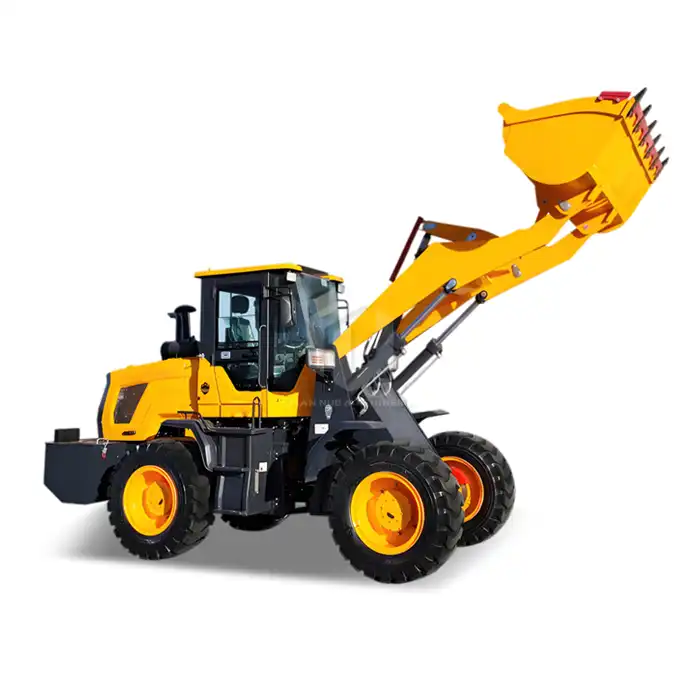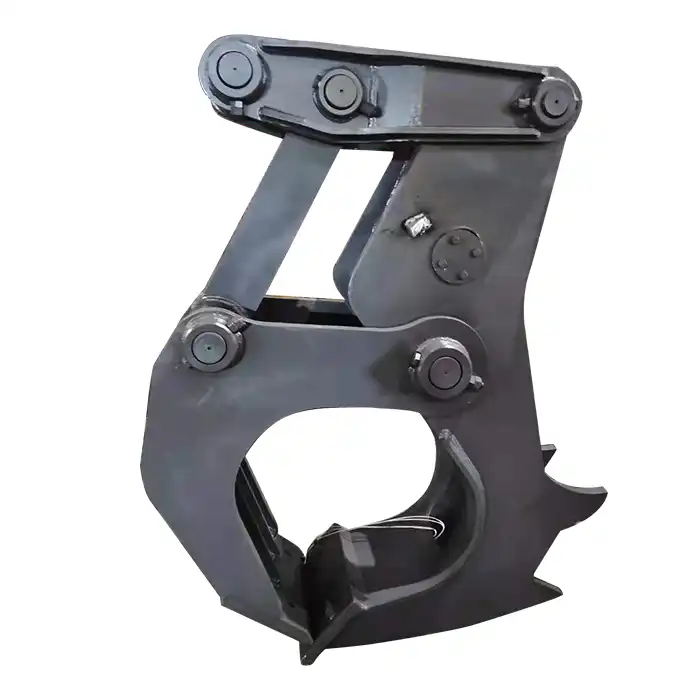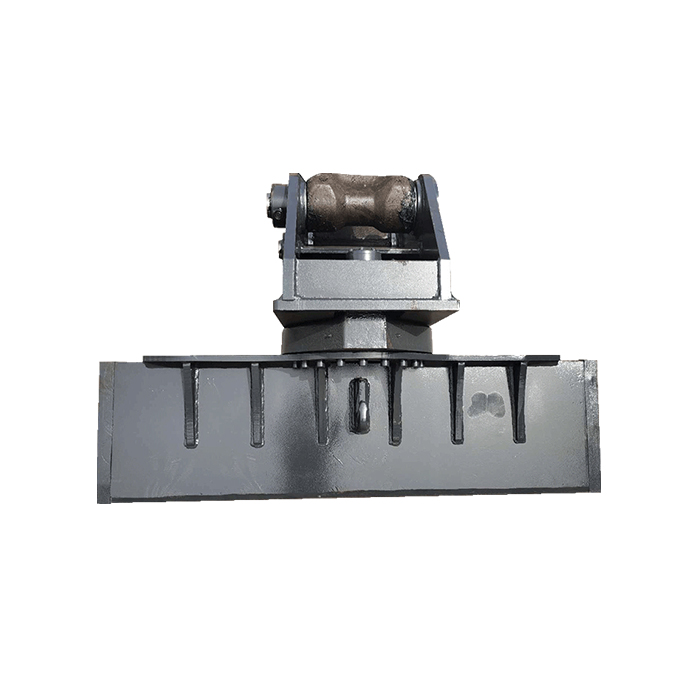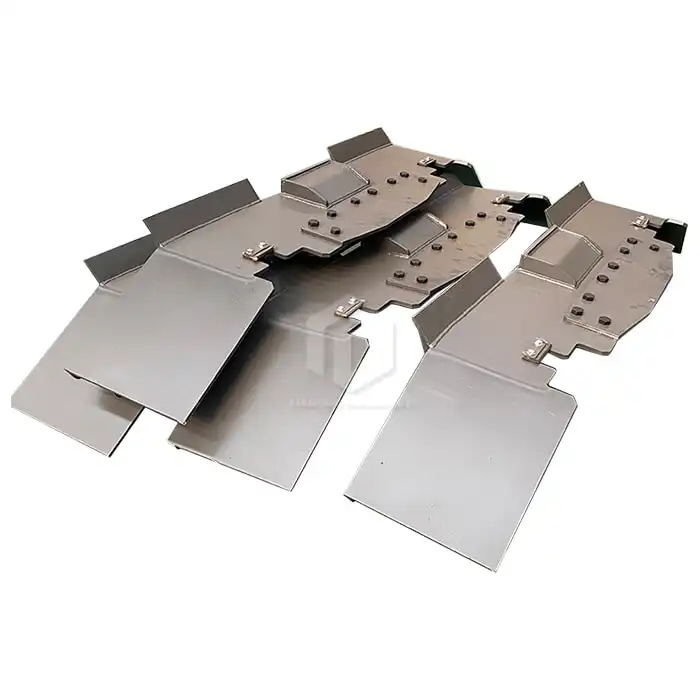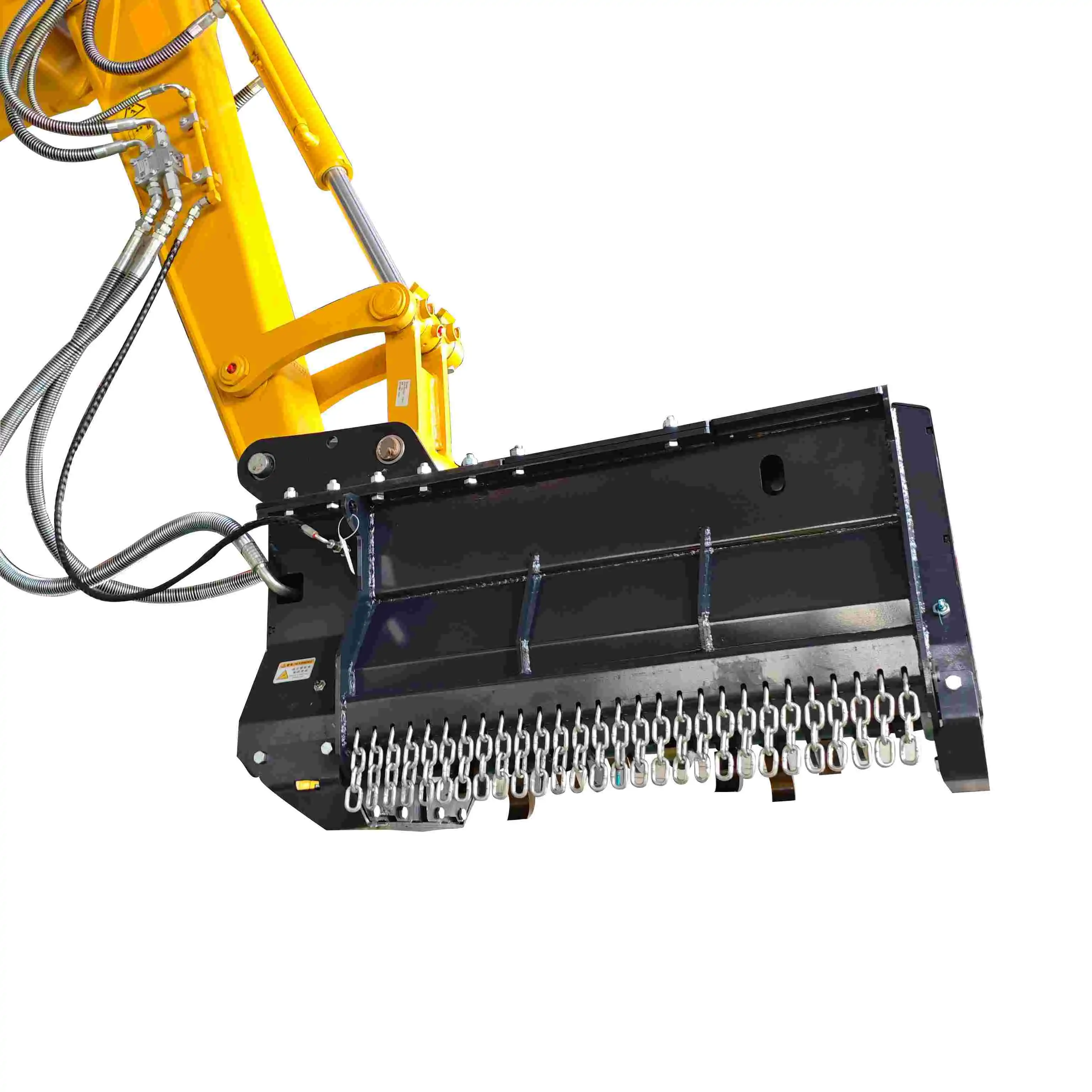How much horsepower does an excavator wood splitter need?
When it comes to efficient wood processing, excavator wood splitters have become increasingly popular due to their power and versatility. However, one of the most common questions that arise is: how much horsepower does a wood splitter actually need? This article will delve into the various factors that influence horsepower requirements, hydraulic power considerations, and the impact of excavator tonnage on wood splitter performance.

Hydraulic Power Requirements Of A Wood Splitter
The hydraulic power requirements of a wood splitter are crucial in determining the overall effectiveness of the machine. Hydraulic systems are the backbone of excavator wood splitters, providing the necessary force to split even the toughest logs. The power needed depends on several factors, including the size and type of wood being processed, the desired production rate, and the specific design of the splitter attachment.
Typically, wood splitters require a hydraulic flow rate between 15 to 40 gallons per minute (GPM) and a pressure range of 2,500 to 3,500 pounds per square inch (PSI). These requirements ensure that the splitter can generate enough force to cleave through hardwoods and large-diameter logs efficiently. It's important to note that the excavator's hydraulic system must be capable of meeting these demands to achieve optimal performance.
The relationship between hydraulic power and horsepower is direct. As a general rule of thumb, one horsepower is equivalent to approximately 0.75 GPM at 1,500 PSI. Therefore, an excavator wood splitter requiring 30 GPM at 3,000 PSI would need an engine producing around 60 horsepower to operate at full capacity. However, this is a simplified calculation, and actual requirements may vary based on system efficiency and other factors.
How does excavator tonnage affect the performance of a wood splitter?
Excavator tonnage plays a significant role in the performance of a wood splitter attachment. The tonnage of an excavator refers to its operating weight and is closely related to its overall power and hydraulic capabilities. Generally, larger excavators with higher tonnage can provide more hydraulic power, which translates to increased splitting force and efficiency for wood splitter attachments.
For smaller operations or occasional use, mini excavators ranging from 1.5 to 5 tons may be sufficient. These machines typically offer hydraulic flow rates between 5 to 20 GPM, which can power smaller wood splitter attachments effectively. However, for more demanding applications or continuous operation, medium-sized excavators in the 10 to 20-ton range are often preferred. These excavators can deliver higher hydraulic flow rates, often exceeding 30 GPM, which allows for the use of more powerful wood splitter attachments.
It's important to consider that while higher tonnage excavators can provide more power, they also come with increased operational costs and reduced maneuverability. Therefore, selecting the right balance between excavator size and splitting requirements is crucial for optimal performance and cost-effectiveness. Some manufacturers offer specialized wood splitter attachments designed for specific excavator sizes, ensuring compatibility and maximum efficiency.
Comparing Horsepower Needs For Different Splitter Models
The horsepower requirements for excavator wood splitters can vary significantly depending on the specific model and intended application. Understanding these differences is crucial for selecting the right equipment for your needs. Let's compare some common splitter models and their respective horsepower needs:
1. Light-Duty Splitters: These models are typically designed for occasional use or smaller operations. They often require excavators with 20 to 40 horsepower and can handle logs up to 20 inches in diameter. These splitters are ideal for homeowners or small-scale operations with moderate splitting needs.
2. Medium-Duty Splitters: Suitable for more frequent use or commercial applications, medium-duty splitters generally need excavators with 40 to 60 horsepower. They can efficiently process logs up to 24 inches in diameter and are popular among landscapers and small logging operations.
3. Heavy-Duty Splitters: These robust models are designed for intensive, continuous use in commercial or industrial settings. They typically require excavators with 60 to 100 horsepower or more. Heavy-duty splitters can handle logs exceeding 30 inches in diameter and are often used in large-scale lumber production or firewood businesses.
4. High-Capacity Production Splitters: For the most demanding applications, high-capacity production splitters are available. These models may require excavators with over 100 horsepower and can process multiple logs simultaneously. They are primarily used in large industrial operations where maximum output is essential.
When comparing different splitter models, it's crucial to consider not only the horsepower requirements but also factors such as cycle time, splitting force, and additional features like multi-way splitting or automatic log lifting. These aspects can significantly impact overall productivity and should be evaluated alongside horsepower needs to ensure the best fit for your specific application.
Excavator Wood Splitter For Sale
The excavator wood splitter from Tiannuo Machinery is designed primarily for sawing wood used in the manufacturing of doors, windows, furniture, and wooden molds. It boasts a cutting speed of 30-60 m/s, which ensures efficient sawing. The key components of this machine include the body, which serves as the main structure, the saw wheel that drives the cutting process, and the lifting and tilting device that adjusts the saw wheel position for various cuts. Additionally, the saw card device guides the saw blade, prevents vibration during high-speed movement, and ensures the accuracy and quality of the cut.
If you are choosing your excavator wood splitter manufacturer, welcome to contact Our manager's email is arm@stnd-machinery.com and the team's emails are rich@stnd-machinery.com and tn@stnd-machinery.com. Our team of experts is ready to assist you in selecting the perfect excavator wood splitter for your specific needs, ensuring optimal performance and productivity for your wood processing operations.
References:
- Hydraulic Institute. (2021). Hydraulic System Design for Mobile Equipment.
- National Fluid Power Association. (2020). Hydraulic Power Calculations and Conversions.
- Construction Equipment Guide. (2022). Choosing the Right Excavator Size for Attachments.
- Journal of Forest Engineering. (2019). Impact of Excavator Size on Wood Splitting Efficiency.
- Forest Products Journal. (2021). Comparative Analysis of Wood Splitter Models and Their Power Requirements.

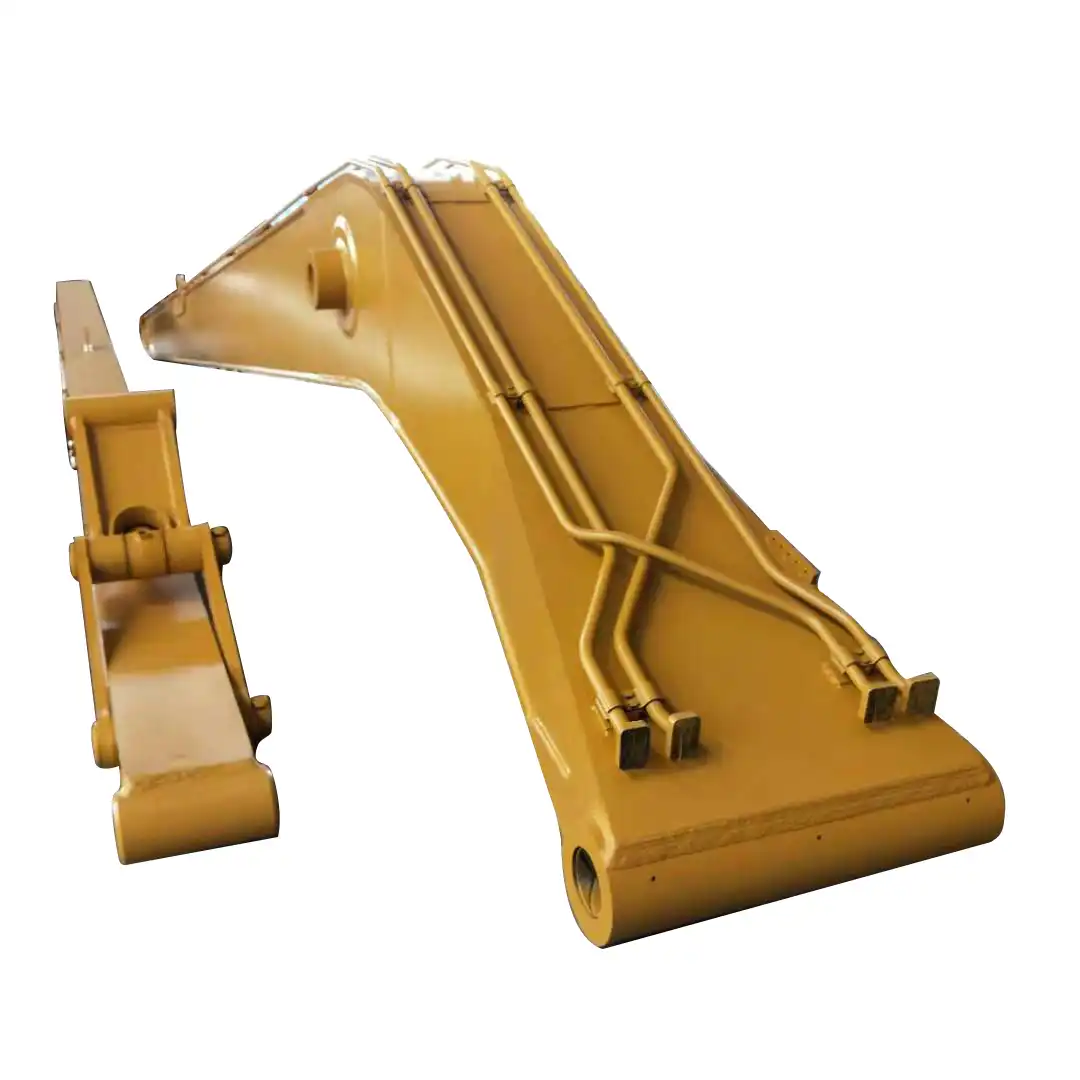
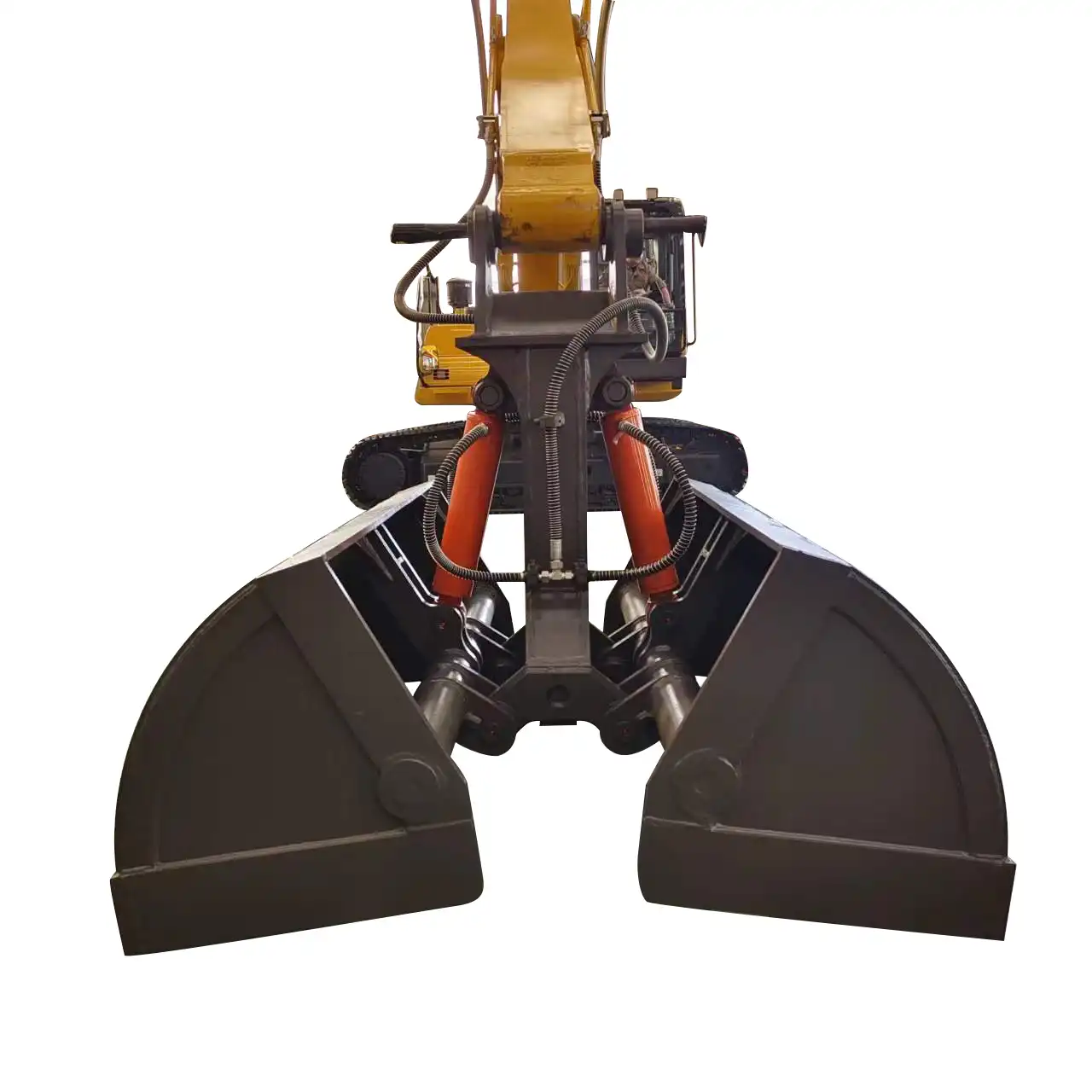
_1733877348138.jpg)
